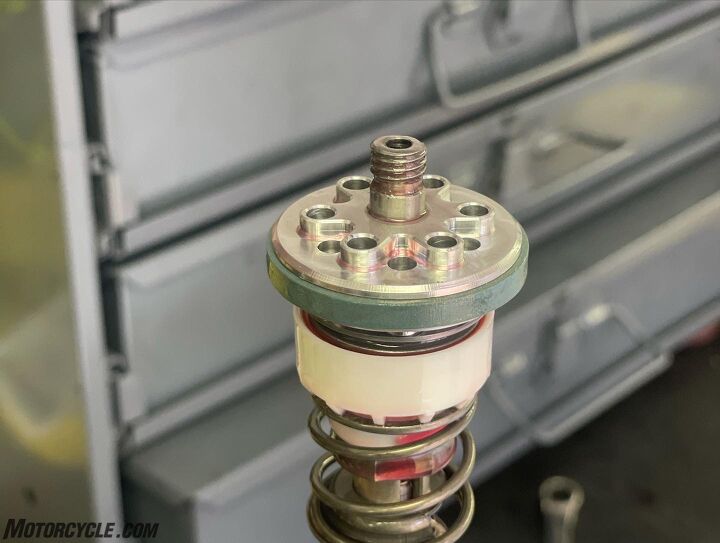Motorsports Racing News & Blog Articles
MO Tested: Motorrev Suspension Big Piston Fork Budget Upgrade Kit
Jim Lindemann was a genius in the suspension business who saw opportunity where others didn’t – by improving upon the suspension a motorcycle came with from the factory. Many moons ago, when Kawasaki Ninja 250s were littering race tracks as a fun and inexpensive way of getting into racing, competitors were replacing their shocks with aftermarket pieces. Lindemann, in keeping with the inexpensive nature of the class, modified a stock shock and gave it adjustable rebound and compression circuits, along with a remote reservoir to house the pressurized fluid, all for less than the aftermarket shocks on the market at the time. The result? I set a lap record around Willow Springs Raceway using that shock on a Ninja 250 (that was beaten a lap later by another racer).
Motorrev Suspension Big Piston Fork Budget Upgrade Kit| + Highs Affordable Tailored to you Fork caps offer more ride height options | – Sighs Not a true replacement for a cartridge kit Benefit might not be noticeable for some riders Kits for different diameters of Big Piston Forks are still in the works |
The point is stock suspension can be made to perform pretty well, and while there’s certainly nothing wrong with upgrading to the best suspension money can buy, for many riders, that’s simply overkill. Not to mention financially unfeasible for some. Guys like Bobby Loo, proprietor of Motorrev Suspension Tuning, are looking to carry on the tradition started by Lindemann. Loo has developed a budget upgrade for the Showa Big Piston Fork and an upgrade for the Showa shock, commonly used in the current Suzuki GSX-R600/750, but also in many other motorcycles as well.
Before getting into the details of Loo’s upgrade kit, first a refresher course in suspension.

The 2011 Suzuki GSX-R600 was one of the first models to take advantage of the Showa Big Piston Fork. It’s relatively unchanged more than a decade later.
Motorcycle Suspension 101

While these are pistons for the Big Piston Fork upgrade, the concept of how suspension works are still the same. Fluid passes through the holes in the valve, but are first metered through the shims you see to either side of the valve. The size, thickness, and number of shims have a big contribution to what we know as “feel.”
Nearly every sporty motorcycle today is equipped with a cartridge-type fork. Basically, a metal sleeve (the cartridge) sits inside the fork tube and is bolted to the tube from the bottom. Two pistons (one on top, one on the bottom) control the flow of oil as the fork moves up and down. One piston is primarily in charge of the upstroke (this is the compression circuit), while the other controls the downstroke (the rebound circuit).
The rate the oil flows through the pistons is controlled via holes in the pistons and a series of flexible washers (also known as valving). When we turn the knobs or adjusters to add or subtract compression or rebound, we’re opening or closing circuits within the valves that control oil flow.
The Big Piston Fork replaces the cartridge and uses the entirety of the inner fork tube as the cartridge itself. There are many benefits here, like only needing one (larger) piston that incorporates both the compression and rebound circuits, which also means less unsprung weight. The bigger piston then flows more oil at lower pressures, so theoretically anyway, there’s more control of the fork travel, resulting in better “feel” for the rider – which is half the job of a suspension tuner, anyway. Actually getting that feel is the secret combination of valving, shim stacks, oil levels, and other factors that earn suspension tuners their money.
Here’s the problem: when you mass produce anything, including suspension components for $12,000 sportbikes, tolerances may not be as tight as they maybe should be. This results in more oil flowing past the piston and/or valving than originally intended. Also, the piston and the valving, by definition, are a compromise.
The Motorrev Difference
What Bobby Loo has done is develop his own pistons. Not only does this small batch of machined pistons allow for better control over clearances and tolerances, but the shape, size, and even the amount of holes on the piston are completely his design. From there, Loo can tailor the valving to the rider’s riding style (or at least get it in the ballpark). Finally, extended fork caps allow the user to have more real estate to raise or lower the fork to their preference. It’s a similar operation for the shock, adjusting pistons, valves, fluid levels, etc.
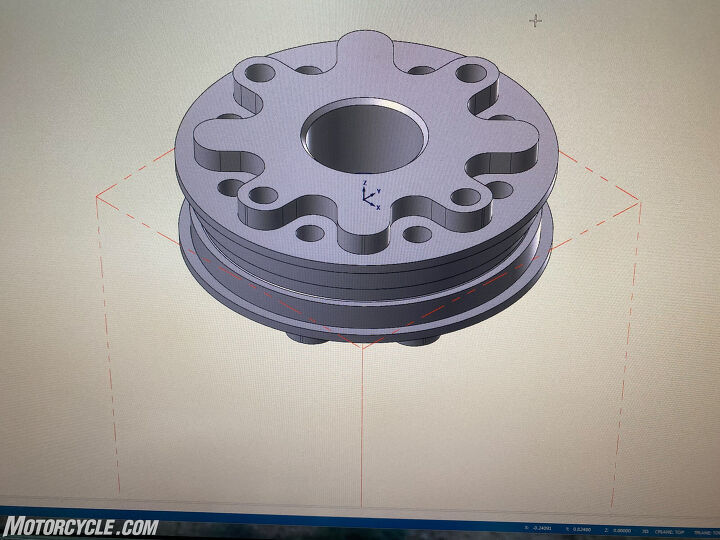
Starting with a CAD mockup, Loo’s goal was to maximize and improve Showa’s original design for the BPF piston.
All this and Loo is only charging $500 for the service. Compared to the thousands one can easily spend on a cartridge kit and completely new shock (which, we say again, is ultimately superior, but possibly overkill), is a bargain in comparison.
To put the Motorrev kit to the test, I grabbed a stock Suzuki GSX-R600, spooned some Michelin Power Slick 2 tires on it, and headed to Chuckwalla Valley Raceway with Racer’s Edge Performance. The premise was simple: spin some laps with the stock setup, have Bobby change the fork and shock with his upgrade kit, then spin more laps. My subjective feelings would also be backed by lap times, and we’d see how it went.
Stock
First up, the stock suspension. In the interest of fairness, Bobby Loo set the clickers and knobs to my liking with the stock components. There wasn’t much surprising here. The GSX-R chassis is known to be very neutral and very easy to ride. A resurfacing of the track about a year or two ago meant there aren’t huge bumps to be aware of around Chuckwalla, and overall, the ride was plush. At least in sportbike terms. Even at the bottom of the fork’s stroke, the minimal road imperfections kept the fork from getting overwhelmed with chatter. Transitions and weight transfer seemed progressive, with a slight tendency to pitch forward just a tad quicker than I’d like, but it wasn’t anything that couldn’t be overcome or adjusted to. Overall, it was a great reminder of how capable stock suspension really is (stock power on the other hand…).
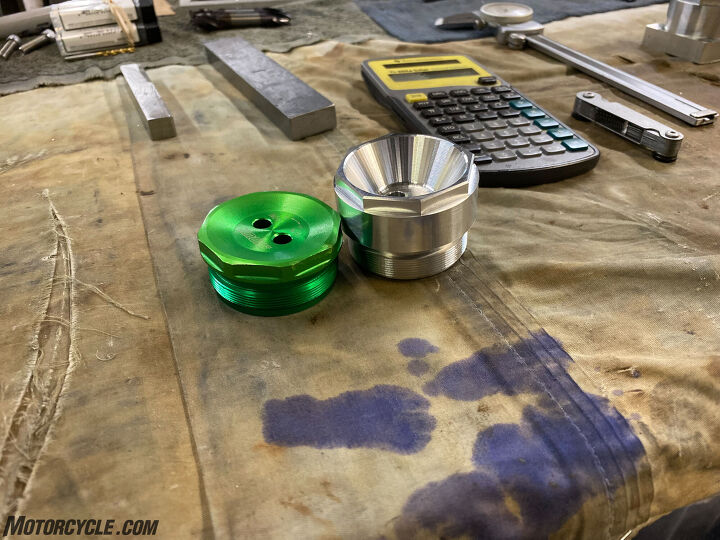
The stock BPF cap on the left, and the taller Motorrev piece on the right. It may not look like much, but the added height allows for geometry changes some riders want.
Motorrev Kit
Here’s where things get interesting. After swapping for the Motorrev fork and shock upgrade and getting back on the track for about 20 more laps, the difference between the kit and the stock components… wasn’t much. The truth is the upgrade is like blueprinting an engine; you take all the best components and put it all together. This is how the Big Piston Fork (and Showa shock) are supposed to work out of the box.
What I felt was a more balanced connection between front and rear, like they were compressing and rebounding in unison rather than as independent factors. Both ends were more communicative. This didn’t mean much on a smooth track like Chuckwalla, but I have a hunch this would make more of a difference on bumpier tracks. Still, having the option to adjust the front ride height via the extended fork caps is another benefit, especially when the standard BPF cap sits practically flush with the top triple clamp.
If this doesn’t sound like a glowing endorsement for the BPF budget upgrade kit, let’s take some things into consideration:
Technically, my fastest lap time was done with the upgrade kit. To the tune of 0.001s. That’s one one-thousandth of a second faster than my fastest time with the stock components. My fastest lap time was with roughly 30-lap old tires versus the fresh tires I used with the standard setup. I think that speaks not only to the communication the suspension was giving me, but also to the consistency of the Michelin tires themselves. It’s hard for me to say with just one day of testing, but it stands to reason that the kit will be a benefit once the tires really start to go away and grip is diminished. After all, the better communication provided by the kit will really come in handy once the tires start to drop off.Is It Worth It?

Bobby Loo, right, came from humble beginnings to pursue his passion for suspension tuning. He and his partner Bob Conner, make up the dynamic Motorrev duo. And don’t worry, Bobby normally wears shoes.
Inevitably, some will take my impressions to mean the Motorrev BPF and Showa shock upgrade kit aren’t worth it. For average riders, especially those with no intentions of hitting the track, this may be true – at least not while the stock components are still fresh. Someone who doesn’t take track riding seriously may not notice, or care, about the difference, while a hardcore track rider or racer would be looking for the best upgrade they can get – which means spending the big bucks.
So, who’s buying this kit? As a proponent of an upgraded suspension as the first thing one should do to a motorcycle if they insist on buying stuff for it, I would endorse the Motorrev kit as an economical step up over the stock pieces. Consider, too, that many used bikes you’ll find for sale with the Big Piston Fork are about a decade old. Odds are the suspension components are due for a service anyway. In this case, making the upgrade is a no-brainer as the cost difference is marginal. To me, the person buying this kit has a bike with an old Big Piston Fork and Showa shock that are in need of service, or the trackday rider/canyon carver who wants an appreciable upgrade at a modest cost since they have no intention of going racing. If this sounds like you, contact Bobby Loo at Motorrev Suspension (link above) to learn more.
Motorcycle Suspension FAQ
What Are Big Piston Forks?
Showa developed the Big Piston Fork to maximize the fork tube diameter and use the fork tube itself as the cartridge. This allows for a larger piston, and only one of them, compared to traditional cartridge forks. This single cartridge incorporates both the compression and rebound damping.
What Is A Cartridge Fork?
The cartridge fork is essentially the primary kind of front suspension for nearly every kind of motorcycle on the road today. Essentially a cylinder bolted to the bottom of the fork tube, it has a piston located on the top and bottom to control the flow of fluid. One primarily controls the compression damping while the other handles the rebound damping.
How Do I Know If My Motorcycle Forks Are Bad?
There are several factors. Age will deteriorate the fluid inside the fork (and shock), as will mileage. Simply bouncing on the front end could be a sign that the forks are bad if it continually bounces and takes a while to settle, but that might be hard for the naked, untrained eye to notice.
Additional Resources:
Adjusting Motorcycle Suspension
Why Is My Suspension So Stiff?
MO Wrenching: How To Set Suspension Sag
Top 10 Misconceptions About Motorcycle Suspension
MO Wrenching: How To Adjust Suspension Damping
We are committed to finding, researching, and recommending the best products. We earn commissions from purchases you make using the retail links in our product reviews. Learn more about how this works.
Become a Motorcycle.com insider. Get the latest motorcycle news first by subscribing to our newsletter here.
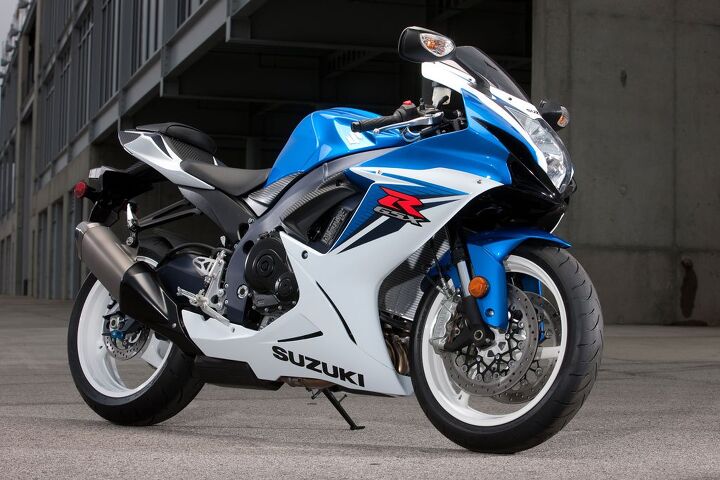

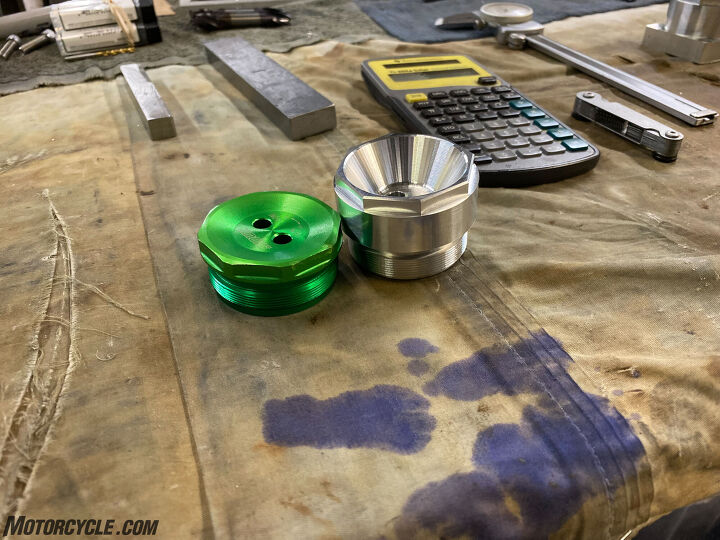
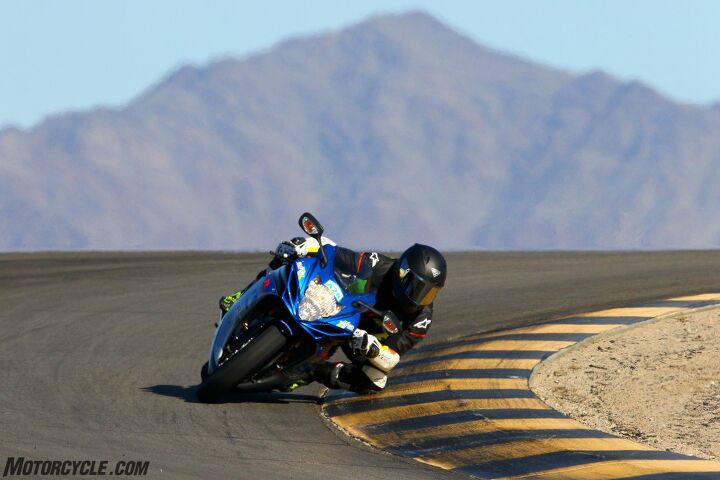



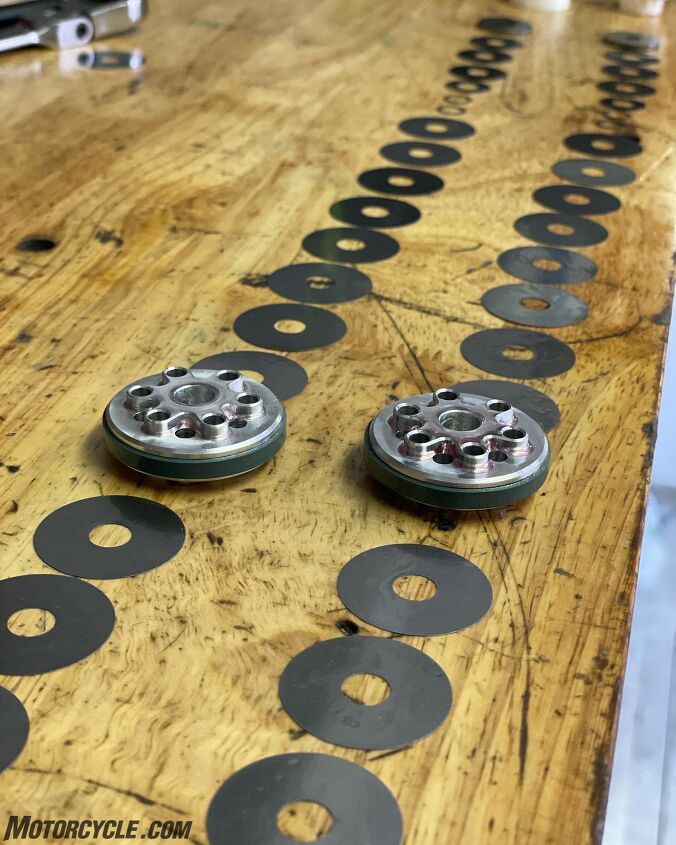
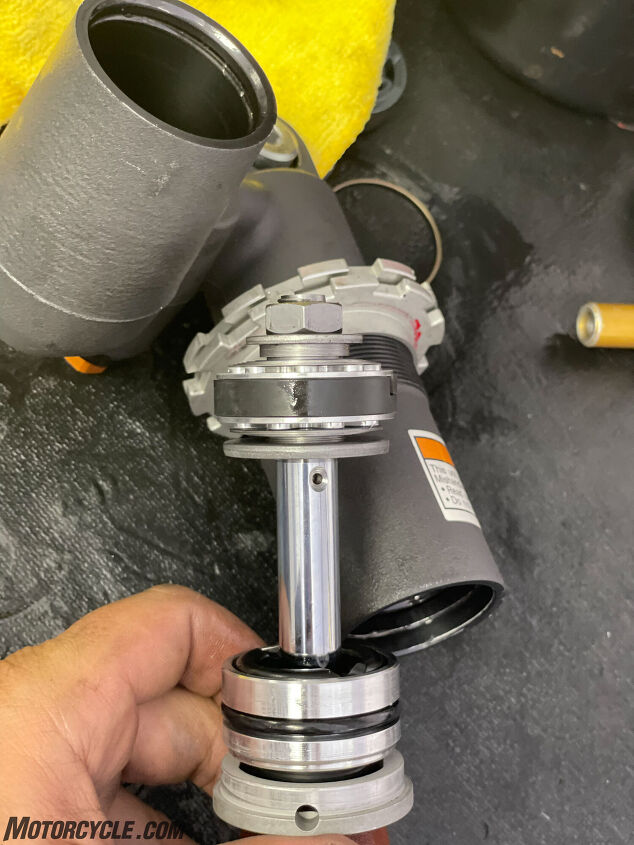



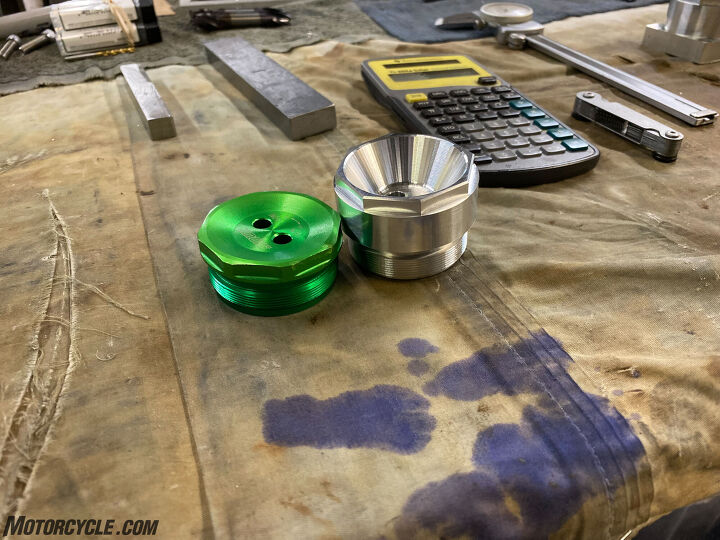

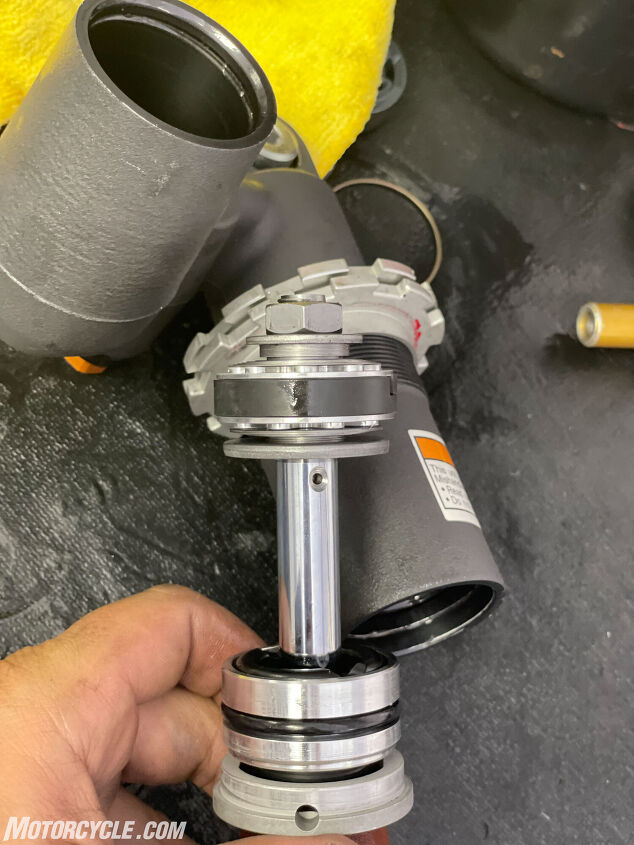
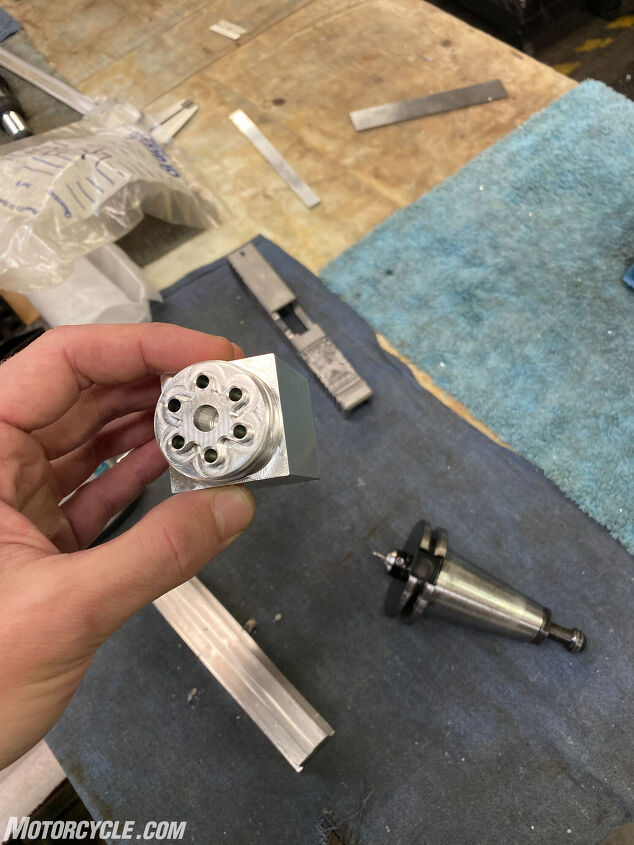

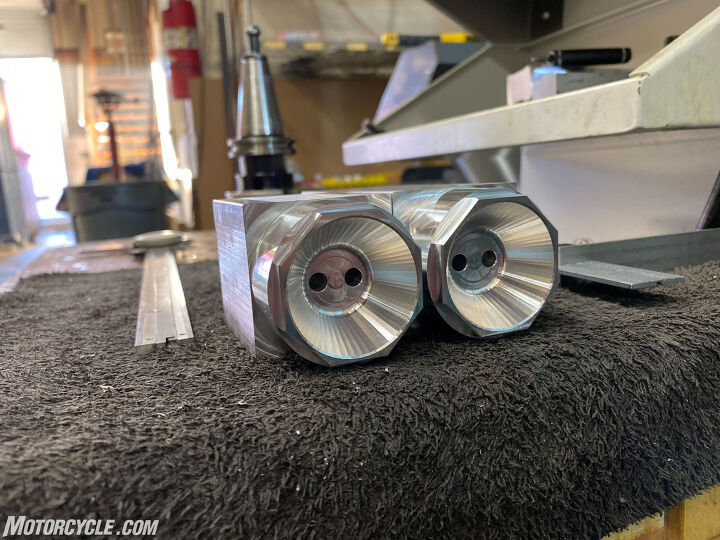

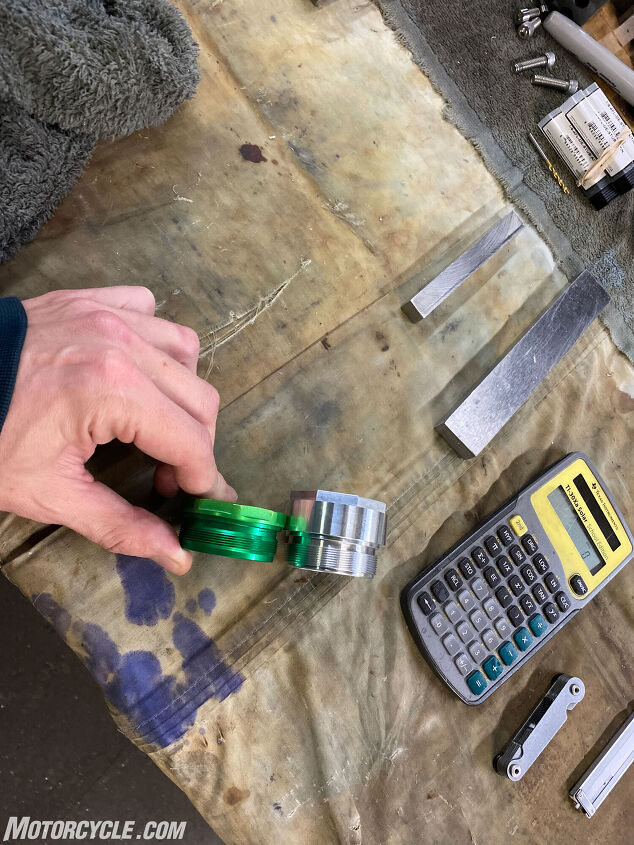

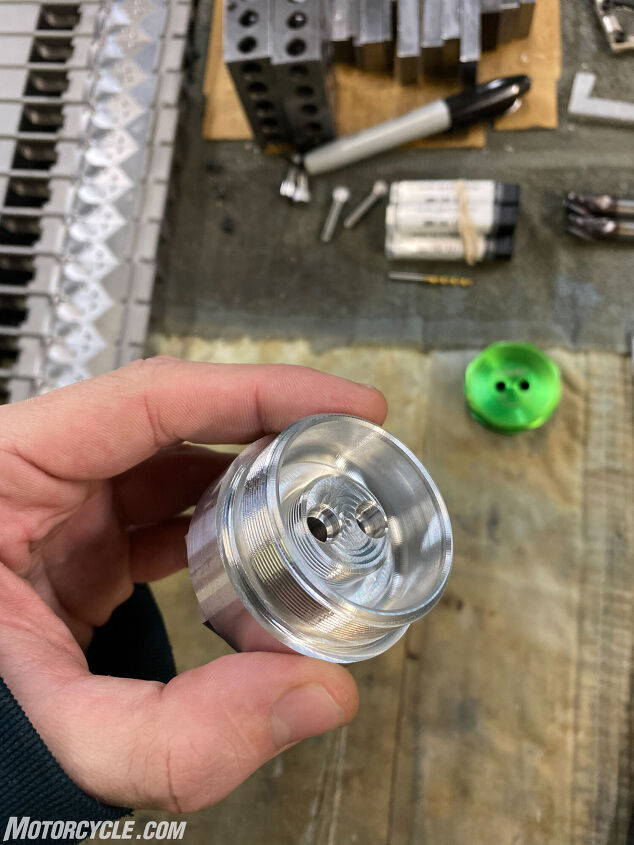
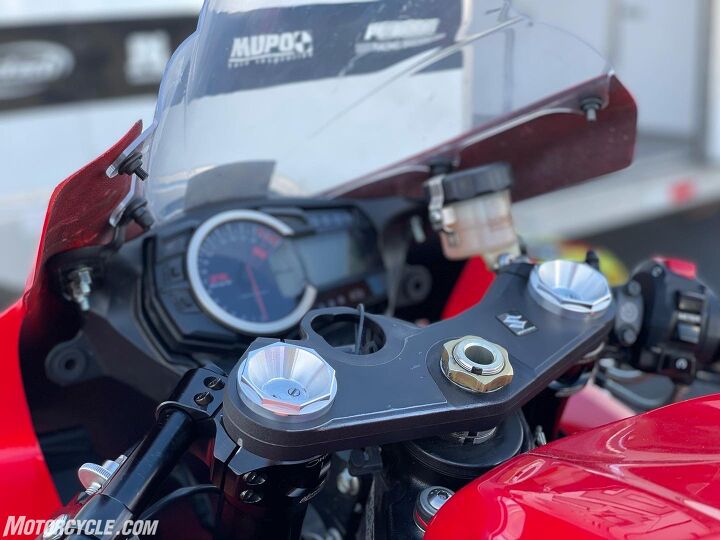
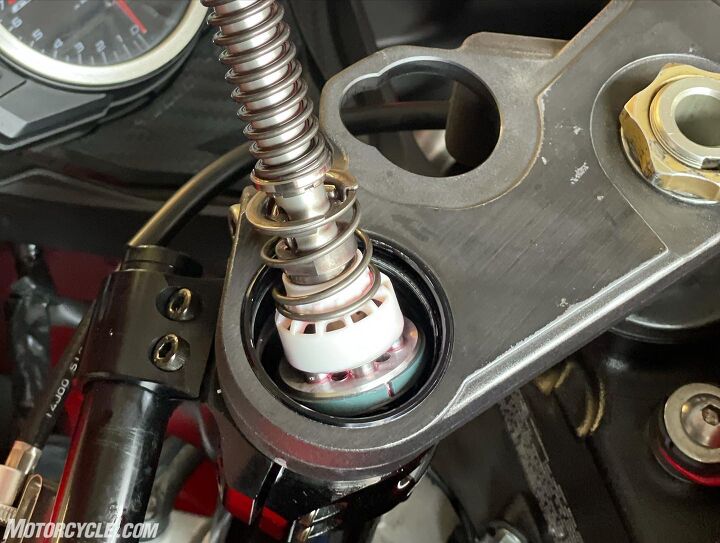
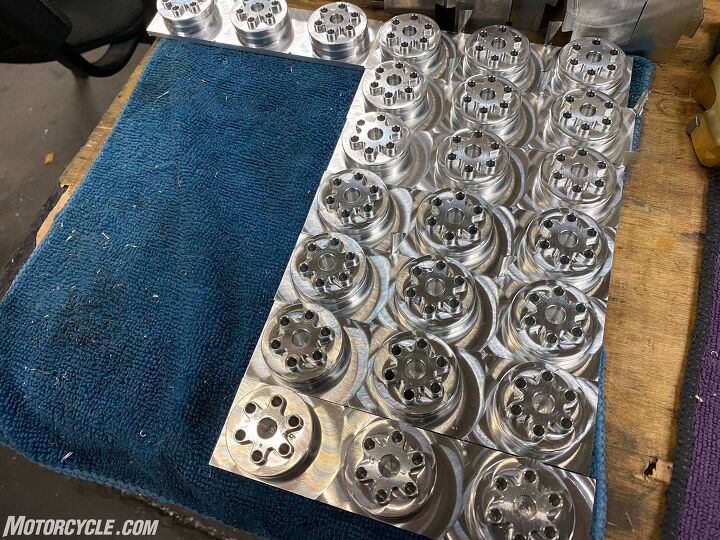
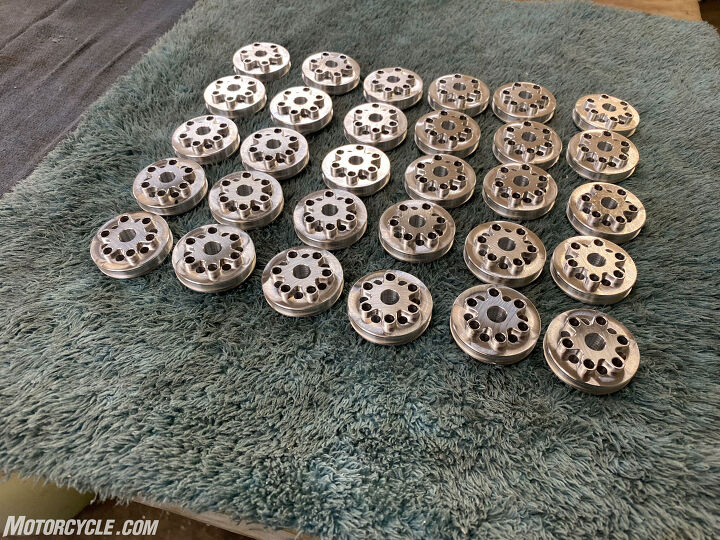

The post MO Tested: Motorrev Suspension Big Piston Fork Budget Upgrade Kit appeared first on Motorcycle.com.
Copyright
© Motorcycle.com


